|
We left the savanna late morning and set off to the Reserva Ecológica Limones-Tuabaquey in the Sierra Cubitas. We stopped in the car-park there and ate our packed lunch. There were a few butterflies including a Mexican Sailor Dynamine postverta which Doug had seen here once before two or three years ago. These are the only two records from the centre of the island. We paid the small entrance fee and picked up our guide for the afternoon before setting off along the main track. A Cuban Peewee flitted from one side of the track to the other and further along there in a clearing there was a group of American warblers busily feeding. I saw Cape May, Black-throated Green, Black-throated Blue, Parula and Palm Warbler all within the space of a couple of minutes - a great start to the afternoon. A Cuban Trogon was calling not far away. There was a few White Peacock Anartia jatrophae and our first Malachite Siproeta stelenes of the trip. On the reptile front I still can't identify this anole but when a snake shot across the path I knew straight away that it was a Cuban Lesser Racer Caraiba andreae as the black and white coloration is distinctive. There are no dangerous snakes in Cuba so its safe to approach any for photos. Several large fallen leaves of Cecropia got us looking upwards to locate the tree and as we found it a Stinky Leafwing Historis odius, probably a female, flew around the top before disappearing. Doug the spotted a small Cecropia tree only 6ft tall and found several small Mosaic Colobura dirce larvae. The feeding damage was an immediate giveaway, the larvae feeding on the leaf tissue but leaving the veins untouched and on which they would rest on the underside. When larger they chew through the bases of the main ribs of a leaf causing the leaflets to hang down forming a shelter under which the larvae live gregariously. But the best find of all was a complete surprise and not a butterfly but a mammal. On a small limestone cliff not far from the path were a family party of Jutía. Whether these were the same species as we had seen at Guardalavaca four days previously I'm not sure (possibly Desmarest's Jutía Capromys pilorides) but they were certainly rather more photogenic, though if I got too close they would disappear back into the holes in the rocks. What a great day - and Doug had never seen a Jutía before!
0 Comments
Leave a Reply. |
Welcome to our Blog
Here we will post interesting news about what we and others have seen in Cuba. Archives
July 2024
Categories |
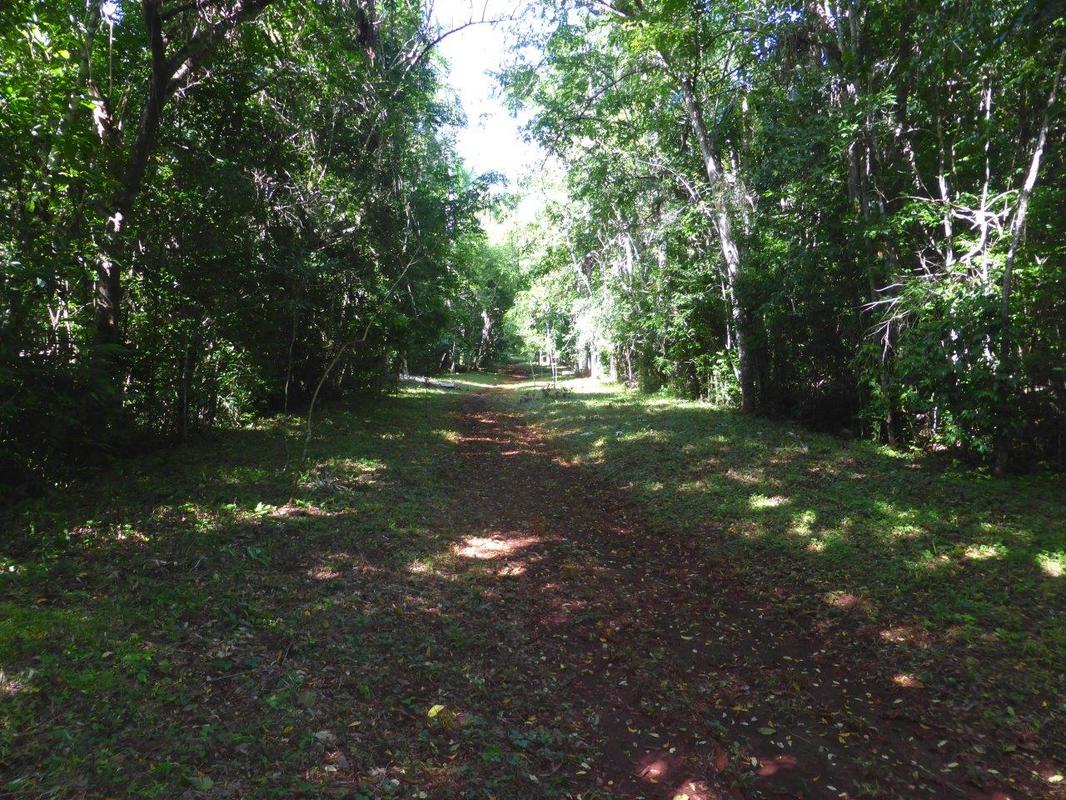
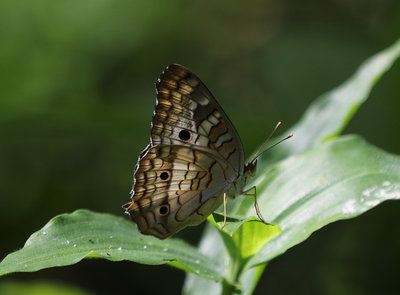
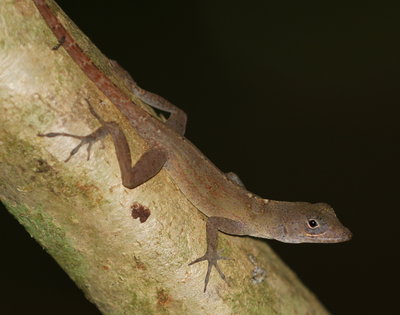
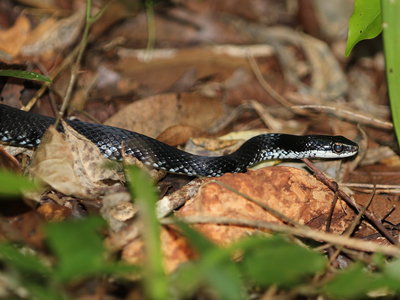
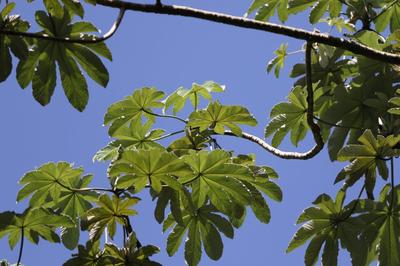
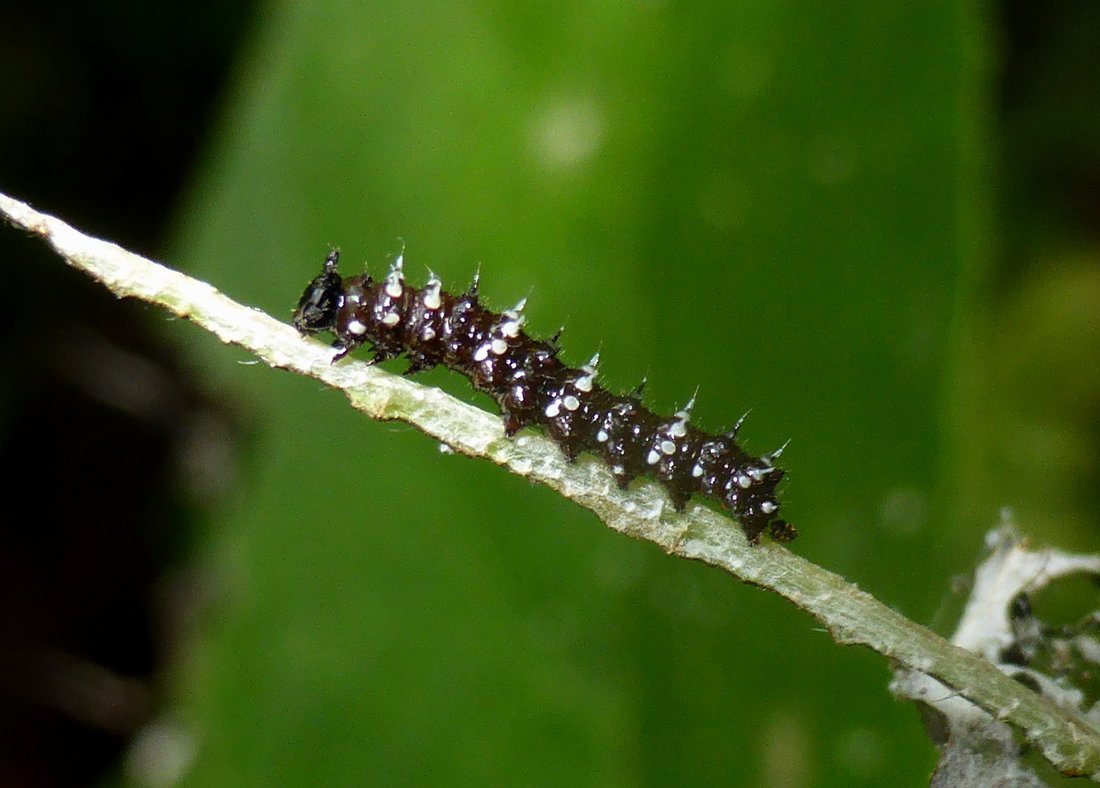
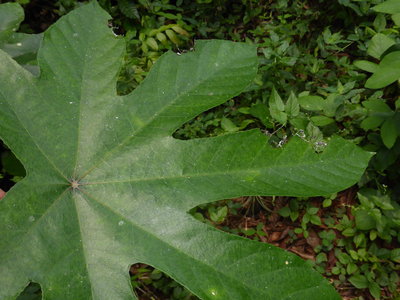
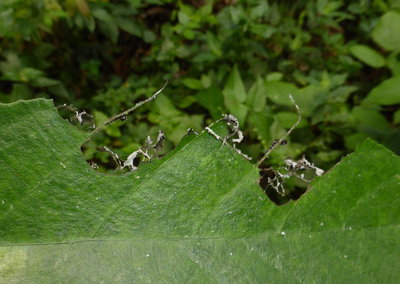
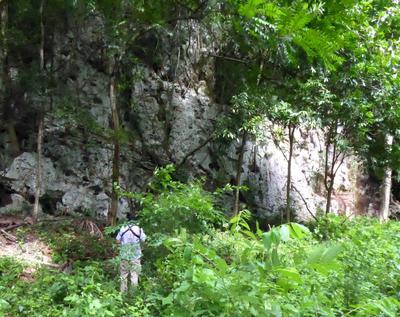
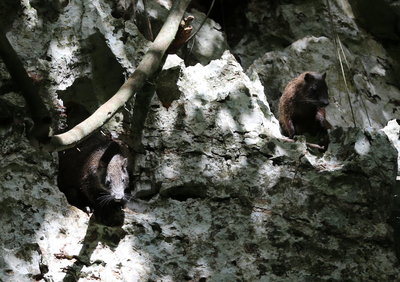
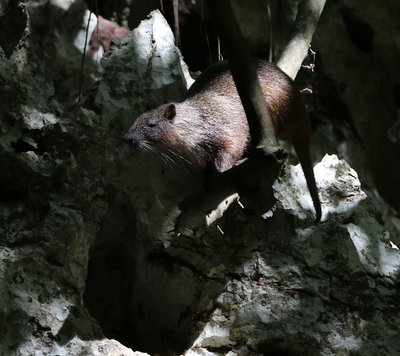
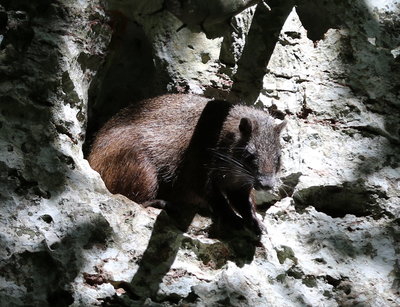
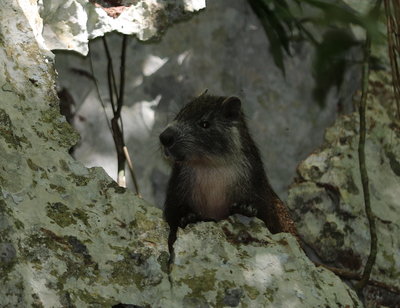
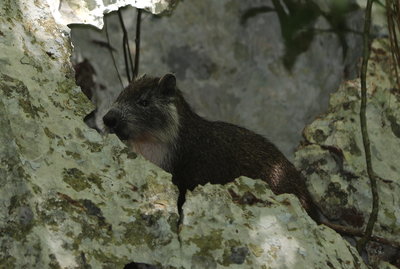
 RSS Feed
RSS Feed